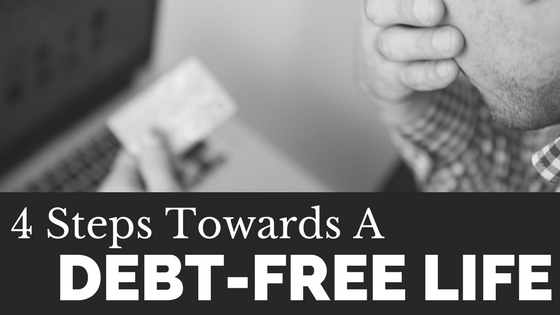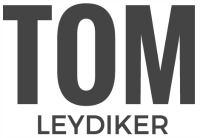
For some, being in debt is something that resulted from careless spending. Frivolously making purchases for unnecessary commodities with credit cards with the mindset that you will pay it off later by making the minimum monthly payments is the quickest way that Americans get themselves into debt.
For others, debt comes more unexpectedly, perhaps through an unpredicted emergency you were not financially prepared for. Maybe your car broke down and you either had to pay an expensive garage bill or the garage deemed your car unfixable so you are now forced to purchase a new vehicle.
Whatever the cause of your debt is, it’s important that you start developing better money habits as soon possible to get out of debt and prevent additional debt – a very easy cycle to fall into and a difficult one to get out of. It is being estimated that, on average, 50 percent of households currently have debt ranging around $14,000.
Here are some ways you can prevent future debt while also implementing strategies that will help you to work towards managing your current debt:
Step #1: Create a list of all of your debts, including their interest rates.
Don’t skip over this step! Before you can start tackling your debt, it’s important to be aware of exactly how much you have. Write it down in a notebook or start making a list in a spreadsheet so that you have everything contained in one area for future reference. The three most important things you will want to take down: the total amounts you owe, the annual percentage rates (or interest rates), and the monthly minimum payments.
Step #2: Set goals as you work towards paying off your debt.
It will be beneficial for both your stress and your action plan if you can break apart your debt into more manageable portions. Find out how much money you can dedicate to paying off your debt every month and, then, you can do a rough estimate of how many months or years it will take you to pay off the total amount. Set milestones for yourself as you start contributing more money to your debt, whether it be every $1,000 you pay off or every $5,000 you pay off.
Step #3: Focus on the payments with the highest annual percentage rates first.
This is where that list you created at the beginning of the process will come in handy. As you begin paying off your debt, focus on the balances that have the highest interest rates first. Work to eliminate those first by dedicating as much money to them as you can while still being able to pay the monthly minimum payments on your other balances.
Step #4: Find additional ways to bring in income.
If you bring in additional income, that is money that you can be dedicating right to your debt. The thought of working a second job may not seem appealing, but it will only be temporary until you are debt-free again, and this will make paying off your debt go by more quickly.

